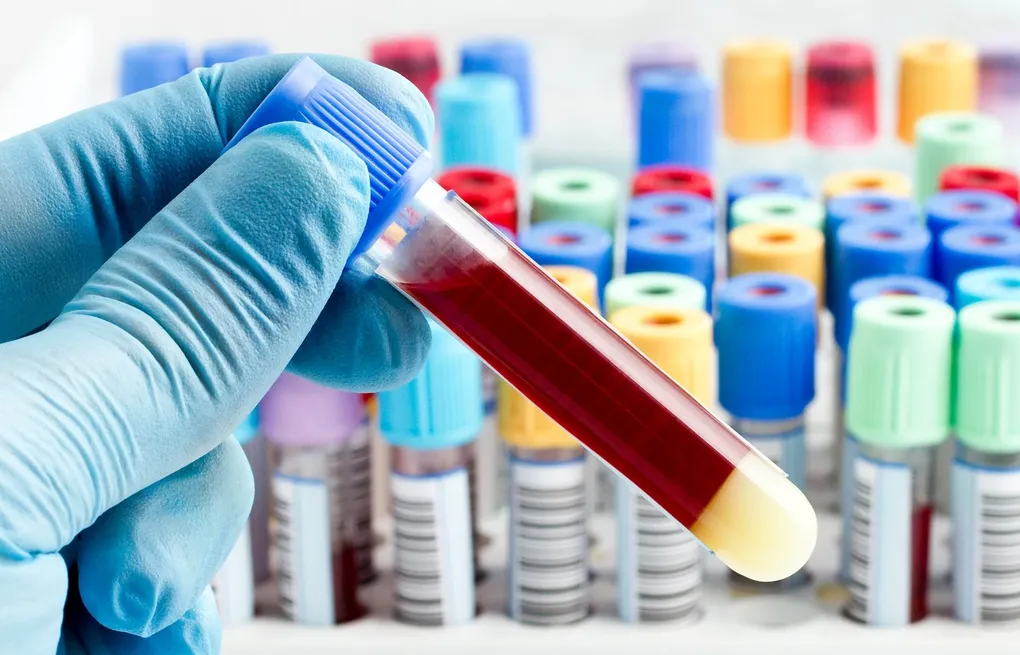The human blood circulates through our body carrying oxygen, nutrients, hormones and other critical components required to sustain life. An essential component of blood is plasma, the liquid component in which blood cells are suspended. Plasma comprises over 90% of blood volume and contains proteins, electrolytes, nutrients and gases.
What are Plasma Derivatives?
The valuable components present in plasma can be extracted and manufactured into medications called plasma derivatives. These derivatives are developed through complex fractionation and purification processes. Some of the key plasma derivatives include albumin, immunoglobulins, coagulation factors, protease inhibitors and others. These products are prescribed for treating various immune disorders, bleeding disorders and other conditions.
Albumin – The Most Commonly Used Plasma Derivative
Albumin is the most abundant protein found naturally in human plasma. It plays a significant role in maintaining proper fluid balance and distribution in the Blood Plasma Derivatives. Commercially prepared human albumin derived from plasma donation is routinely used for various therapeutic applications. Some major uses of albumin include:
– Treating low albumin levels in conditions like malnutrition, chronic liver disease etc.
– As a volume expander during surgeries, burns or other situations where large volumes of blood needs to be replaced. Albumin is used instead of saline as it remains in circulation longer.
– In conditions like nephrotic syndrome where protein levels need to be increased to prevent edema.
– To replace lost fluid and prevent bleeding in conditions like hemorrhagic shock.
Immunoglobulins: Antibodies for Treating Immunodeficiencies
Immunoglobulins or antibodies are gamma globulin proteins produced by plasma cells. The five major classes of immunoglobulins extracted from donated plasma include IgG, IgA, IgM, IgD, and IgE. Intravenous immunoglobulin therapy involving administration of pooled human IgG antibodies has revolutionized treatment of various primary and secondary immunodeficiencies. Some key uses include:
– Replacement therapy for patients with antibody deficiencies like Common Variable Immunodeficiency (CVID).
– Treatment of chronic inflammatory demyelinating polyneuropathy (CIDP) which causes weakness and numbness.
– Reduction of infection rates in patients with HIV/AIDS.
– Raising antibody levels in patients receiving solid organ or bone marrow transplants to reduce infection risk.
Coagulation Factors for Bleeding Disorder Therapies
Coagulation factors are plasmatic proteins essential for normal blood clotting. Isolated coagulation factors extracted from plasma are administered as replacement therapies for patients with inherited bleeding disorders. Some of these factors and their uses are:
– Factor VIII for treating Hemophilia A
– Factor IX for Hemophilia B
– Factor VII for defects in factor VII
– Prothrombin complex for warfarin reversal in emergency surgeries
Other Useful Plasma Derivatives
Aside from the above major derivatives, newer products are also being developed. For example:
– Alpha-1 proteinase inhibitor for treating emphysema in individuals lacking this antiprotease.
– Antithrombin III used for patients with hereditary antithrombin deficiency undergoing surgeries or with thrombotic events.
– C1 esterase inhibitor for treating hereditary angioedema by inhibiting the contact, kinin-kallikrein and complement pathways.
Ensuring Safe and Reliable Sources of Plasma Derivatives
With the growing demands for Blood Plasma Derivatives to manage various conditions, a stable and safe plasma supply is essential. Licensed plasma fractionation facilities ensure derivatives are prepared under stringent standards meeting regulatory requirements.
Some key aspects in production include:
– Obtaining source plasma only through regulated and compensated voluntary donations.
– Rigorous donor screening and testing plasma units for transfusion transmissible infections like HIV, HBV, HCV etc.
– Fractionation using validated methods like cold ethanol or heat precipitation fractionation.
– Harvesting individual purified components through techniques like ion-exchange chromatography.
– Quality control testing to confirm protein structure, potency and purity specifications are met.
– Rigorous process, environment and distribution controls for sterility, stability and traceability.
Strict donor selection and advanced production technology enable manufacturing safe, high quality plasma derivatives essential for thousands depending on replacement therapies worldwide. Ongoing research also aims to devise better fractionation methods and develop newer blood components.
Human plasma donation continues playing a critical role in manufacturing lifesaving blood products. Strict safety standards help ensure their reliable availability to patients. Plasma derivatives will remain important mainstays of modern medicine.
*Note:
1. Source: Coherent Market Insights, Public sources, Desk research
2. We have leveraged AI tools to mine information and compile it



